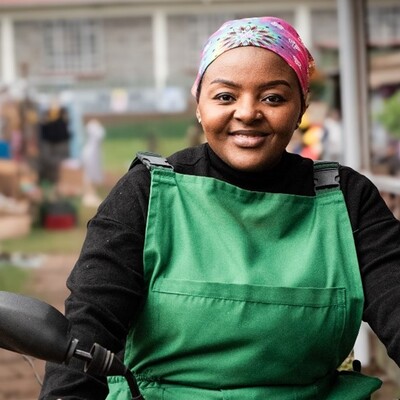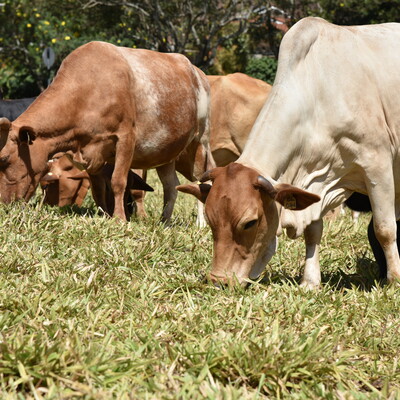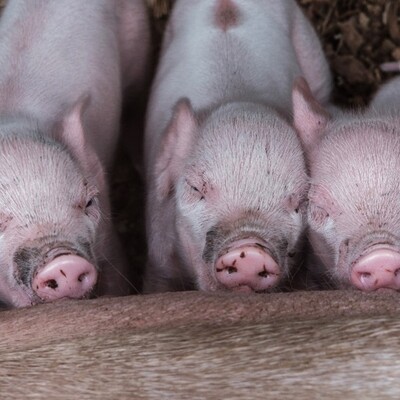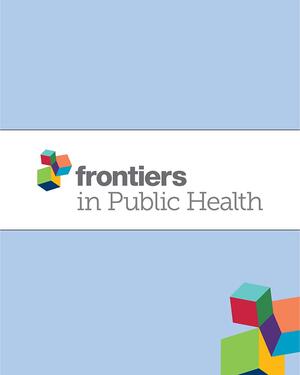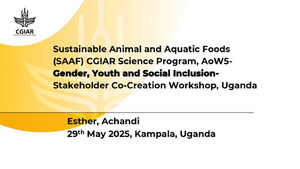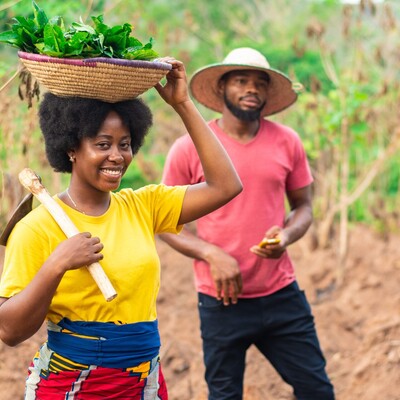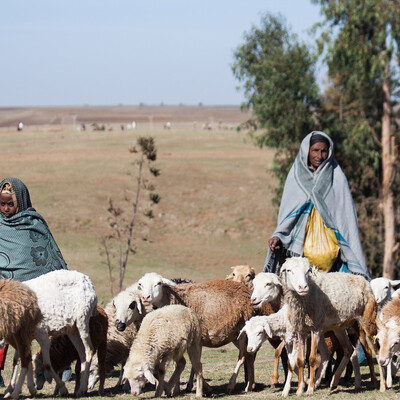
Evaluating the Impacts of Agricultural Development Programming on Gender Inequalities, Asset Disparities, and Rural Livelihoods
The project will evaluate 8-10 agricultural projects in (R&D) funded by several organizations. Control over and ownership of assets is a critical component to well-being. Results from a study on the relationship between ownership and control over tangible assets key to agricultural productivity (including land, labor, livestock, capital, and machinery) conclude that the combination of asset inequality and market failures has a negative impact on growth, and that inequalities tend to reproduce inequalities. Agricultural development projects that seek to increase the asset holdings of the poor not only contribute to sustainable poverty reduction, but also help promote socially desirable and empowering behavior. Asset-based approaches view well-being as a cumulative process, resulting from a life time of stored efforts and accrued wealth. Savings and stored wealth (assets) are necessary for the kinds of cushioning and security needed to exit poverty. This is especially true for poor women, who typically have lower levels of ownership and control over assets than men.Who controls these assets within the household is critical to household and individual well-being. There is now evidence that assets within households are held individually by the men, women and children who comprise households. This allocation of assets to various individuals within households and to activities is conditioned both by the settings in which these households find themselves as well as the intra-household allocation rules.
The assessment proposed in this initiative is unique in explicitly focusing on the relationship between gender inequalities and asset disparities and looking at that relationship in connection with agricultural programming. It also extends current research conducted by the International Food Policy Research Institute (IFPRI) and the International Livestock Research Institute (ILRI) over a set of priority assets in a range of countries and contexts in South Asia (SA) and Sub-Saharan Africa (SSA), using rigorous quantitative and qualitative methods of impact assessment, involving stakeholders in the design and implementation of the research, and ensuring a strong research and evaluation capacity building strategy for grantees and their evaluation partners. Efforts will also be made to institutionalize “lessons learned” so that capacities can be built beyond the specific projects that participate in this initiative. This approach will position the results of the initiative to feed into ongoing efforts to put gender at the heart of agricultural development, including the CGIAR’s research and development agenda and the emerging portfolio of activities of other organizations. The CGIAR programs are particularly appropriate for this initiative because of the CG’s leadership role in international agricultural research for development and its experience in bringing methodological innovation to national agricultural research systems.
Project Objectives
- Build capacity of project teams and their evaluation partners to undertake integrated economic and social gender impact assessments, to collect and analyze sex-disaggregated data, and use the results to design, implement and evaluate strategies to enhance project impacts on women (capacity building).
- Understand the impact of agricultural development activities on women’s and men’s access to and control over key assets (research).
- Identify effective pathways for reaching women and reducing gender asset disparities, based on ongoing implementation and cross-project learning.
- Document and widely disseminate methods, results, and lessons learned about how to build women’s assets and improve livelihoods through agricultural development projects (outreach).
Expected Outcomes
- Evaluators include asset-based indicators to evaluate impacts on women
- Project implementers use promising approaches and “good practices” to reduce gender-based constraints affecting the control and ownership of key productive assets in agricultural development programs
- Research managers, donors, NGOs recognize the importance of reducing asset disparities and explicitly target them in their programming
- Increased women’s assets in participating projects, as a result of strategies implemented by the project






